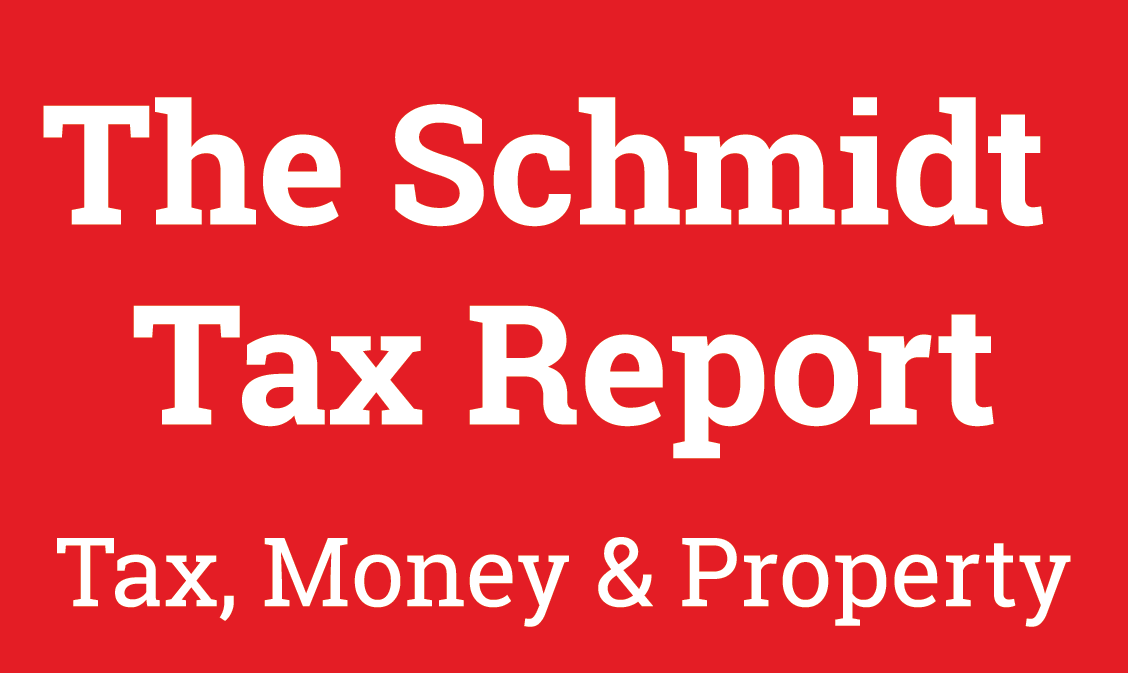6.6.18 Checked – All info is still relevant to current regulations.
If you’re one of those people who live to work and make money, and spend 100% of your time on business, you probably don’t need to read any further. If, on the other hand, you make money so as to enjoy life, you may be interested in ways to elicit the taxman’s help, as in the case of the acquisition of boats, planes and villas.
Rolling over a capital gain
Let’s start with capital gains tax (CGT) relief. It’s not generally appreciated that if you buy a boat or plane and use it for business purposes you can roll over any capital gain you have made previously (or at least during the previous three years) on the sale of a trading asset into the purchase of the boat or plane.
What exactly does that mean? It means that, instead of paying tax on the sale of the old trading asset, you take the gain and deduct it from the cost of the new trading asset. So the tax charge is deferred, perhaps indefinitely, until such time as you sell the new asset.
If your holiday villa, or apartment, or house, qualifies as ‘furnished holiday accommodation’, that is it functions not just as a holiday home for you but is let out, when you don’t need it, to the public generally, and it’s situated in the UK or the EU, then gains on the disposal of these properties can also be rolled over. Not only can you roll over the gain on a sale of holiday accommodation, you can also roll over other gains into the acquisition of holiday accommodation.
The ‘main residence’ election
Moving to the other end of your villa’s CGT ‘life’, it’s also worth noting that the ‘main residence’ election can be brought into play to reduce or eliminate any CGT when you sell. Remember that the main residence election for CGT is almost the opposite of its label. It is a way of getting exemption for properties that are not actually your main residence at all. And making an election brings into play all kinds of reliefs (including automatic relief for the last 18 months’ ownership and £40,000 per person letting relief) that wouldn’t have been available otherwise.
Capital allowance claims
Boats and planes are eligible for capital allowance claims, meaning you can write off the purchase cost over a set period, and the write-off is an eligible deduction for income tax and corporation tax purposes. If the boat or plane has a mixture of business use and private use, this capital allowance is apportioned on the basis of the percentage of business use to private use. Here ‘business use’, for example, of course, includes commercial chartering of the boat or plane concerned.
VAT
Don’t forget you can reclaim VAT on the purchase, to the extent that you are going to use the boat, plane or whatever for the purposes of a vatable business, for example letting or chartering. As with direct taxes, the amount of relief you get is based on the amount of business use. If the boat or aircraft concerned costs more than £50,000, you have to review this business versus private use proportion every year and adjust the amount of VAT you claim back. Presumably, the converse applies: if it cost you less than £50,000, you base your VAT reclaim on the business use proportion in the first year only. The planning implications of this seem quite interesting!
The holding entity
The choice of holding entity is very important, principally from the point of view of how you finance the purchase.
If you want to own the asset personally in your own name, the finance will have to come from your own resources. If you need to take some money out of a business, say a limited company you own, to fund the purchase, tax complications begin to set in. The extraction of funds from the company is likely to be an expensive exercise from the income tax point of view.
Many, therefore, succumb to the temptation of buying the asset in the limited company. This certainly has the advantage of avoiding an income tax charge on the extraction of the funds but can create income tax and National Insurance complications, given the presumed wish to use the asset personally.
It is always best, in this situation, to charge a market ‘rent’ for the use of the asset, to avoid there being a benefit in kind.
One way round this that has been advocated is acquiring the assets in an LLP, in which the company we have been talking about is a member. There is some doubt surrounding this, however, which has recently been introduced, in the form of a rule to the effect that non-taxable ‘benefits’ provided by a company – which could include funding the purchase by an LLP of a boat, plane or villa by way of capital introduction – are to be treated henceforth as taxable. Interestingly, though, the tax concerned is equivalent to the 25% ‘loans to participators’ charge. There is, at least, an argument to the effect that the 25% tax (which is payable by the company) only applies to the value of the benefit – that is the occasions when the individual actually uses the asset concerned privately, and not on the full amount of money the company has paid out. Hopefully, this position will get clearer as people use this tax break!
